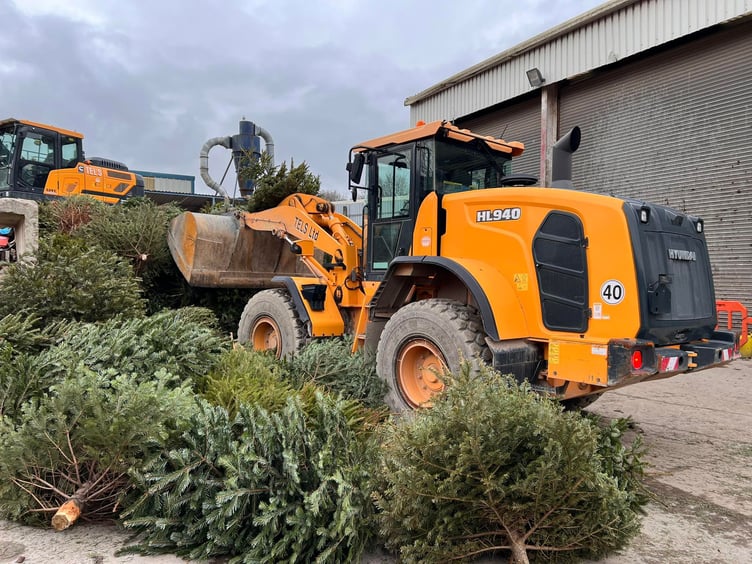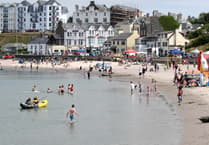If you are doing any last- minute planning for Christmas, but you want to keep in mind the environmental impact we have got you covered.
Here are some things in the run up to and after Christmas that can make the holiday more sustainable.
Wrapping paper
Brits buy 227,000 miles of wrapping paper a year, according to Ecoveritas, which is enough to wrap the whole island of Guernsey.
The majority of the wrapping paper bought is not recyclable and ends up in landfill. The thicker the wrapping paper the better.
If you can scrunch it in a ball and it stays in that shape, it is likely recyclable.
Another thing to look out for is the simplicity of the wrapping paper.
Whilst dyed, laminated, decorated in gold or silver patterns, coloured shapes and any type of glitter on paper, can be lovely to look at, they are not recyclable, so it is best to steer away from them.
Instead, opt for simpler paper. Brown paper is the best, followed by plain paper colours that are not shiny, as these are the easiest to recycle.
When it comes to recycling, make sure the paper has no tape as it is not recyclable.
Brown paper and string is a great environmentally friendly way of presenting your gifts, or you could try old newspapers.
Crackers
According to Business Waste, about 40 million Christmas Crackers end up in the bin each year, along with the gifts from 99% of them.
There are some local eco-friendly crackers you can buy, for instance from Cinammon Embroidery, which can be found on quirky.im.
Alternatively, you can make your own. You need empty toilet roll, wrapping paper (recyclable) and string.
There are lots of tutorials that can be found online, or you can get a Christmas cracker making kit.
Christmas trees
Real Christmas trees have an average carbon footprint of 3.5 kilograms of carbon dioxide if disposed of via woodchipper or bonfire, according to Carbon Trust figures.
However, if they end up in landfill the carbon footprint increases four fold, equivalent to 16kg of carbon dioxide.
A two metre tall artificial tree, is estimated to have a carbon footprint of 40kg of carbon dioxide, should it be discarded, meaning we would have to reuse our fake tree for 12 years for it to be more environmentally friendly than a real tree.
For those who have opted for a real Christmas tree, whether or not a Christmas tree ends up in landfill has by far the largest impact on its carbon footprint..
A Christmas tree recycling service is available in the island, organised by Hospice, with the help of Isle of Man Post Office.
The service means that Christmas trees will be collected directly from outside your front door by volunteers at The Isle of Man Post Office, taken to Tel’s to be shredded before being turned into compost by Ballaneven.
Collections this year will be on Saturday, January 6 and Sunday, January 7.
Registration will close on Wednesday, January 3.
To have trees collected, there is a suggested donation of £15 per tree, with the money raised going to supporting patient care at Hospice Isle of Man.
A spokesperson for Hospice Isle of Man said: ‘After having a beautiful tree in your home for a few weeks over Christmas, it is nice for people to know their tree is getting recycled and disposed of sustainably, rather than it going to landfill.
‘Recycling a real Christmas tree has a lower carbon footprint than if it is taken to landfill, and in the long run landfill can end up being more costly to both the environment and community.’
Last year, just over 850 Christmas trees were recycled through the service, and it raised £14,590 for Hospice.

.jpeg?width=209&height=140&crop=209:145,smart&quality=75)



Comments
This article has no comments yet. Be the first to leave a comment.